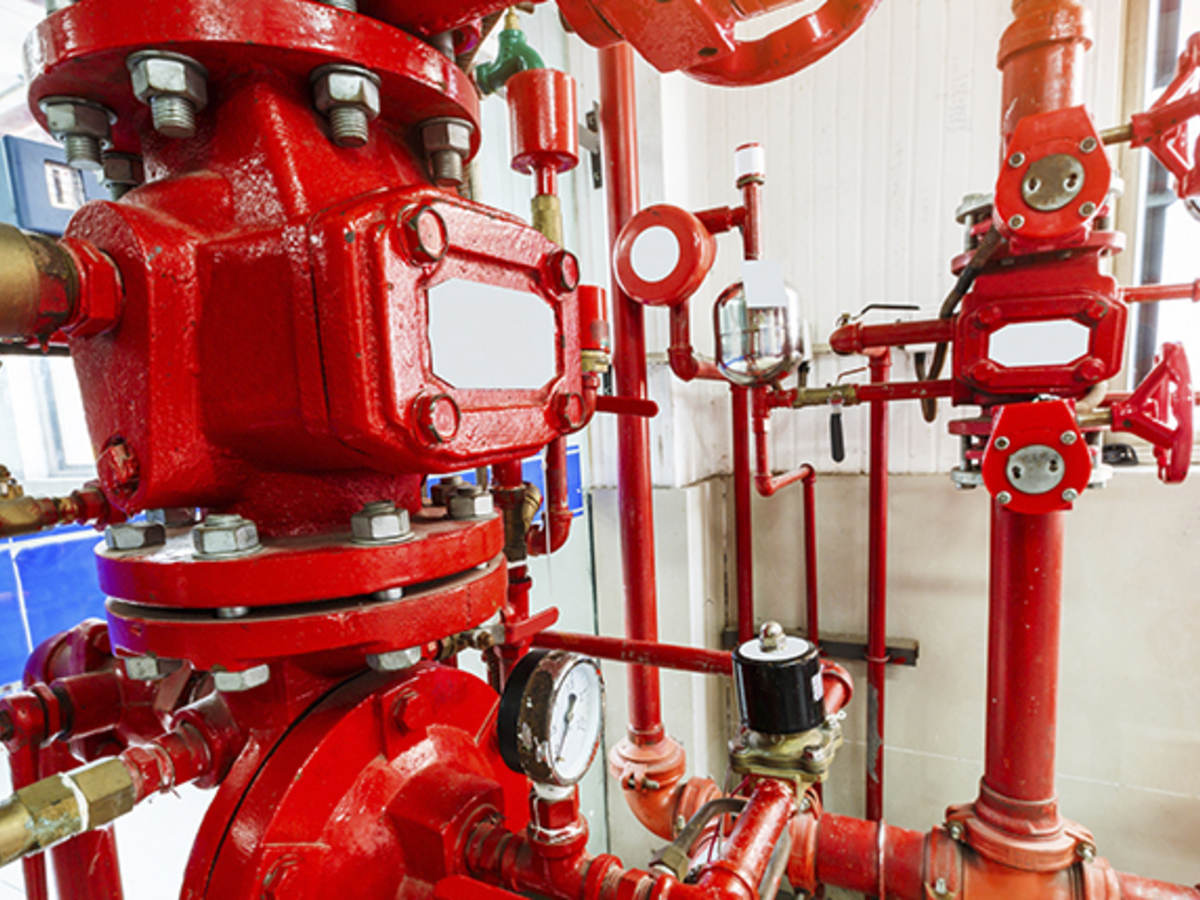June 25, 2018
In this month’s “Six Questions” feature, we’re speaking with Howard Hopper, UL Regulatory Services Program Manager, about the impact of Additive Manufacturing (AM) on US Building and Fire Codes as well as code officials. Though AM has existed for decades, officials are now beginning to recognize and understand the numerous health and safety considerations associated with this technology.
#1 How is AM considered from a US Building and Fire Code perspective?
Currently, North American fire and building codes do not specifically regulate AM operations, but rather regulate the production materials such as metal dusts and powders associated with these operations. However, this has changed with proposals specifically covering AM in the 2021 editions of the International Fire Code and NFPA 1 Fire Code, along with other changes to NFPA standards referenced by these fire codes.
#2 How is AM impacting the role of code authorities and fire and building officials?
Officials have begun to ask about how AM is different from traditional manufacturing. Compared to some forms of traditional manufacturing AM presents new safety challenges for jurisdiction officials, system designers and facility personnel. Many jurisdictions may not have inspection personnel on staff with familiarity with AM operations and potential hazards and they will be looking for guidance on how to help ensure that AM operations in their jurisdictions are code compliant. They may also benefit from using the technical assistance provisions in the fire codes which allows them to utilize outside expertise and resources to help determine code compliance.
#3 What are some of the greatest challenges that AM introduces from a code perspective?
From a code enforcement and safety perspective, challenges include making sure the hazards associated with the operation are adequately addressed. This not only covers the initial selection and installation of the equipment, the design of the facility and the safety systems, but also making sure personnel safety procedures are initially understood, implemented, and verified during periodic regulatory inspections.
#4 What is UL doing to help address these challenges?
UL has been working with the ICC Fire Code Action Committee and the NFPA 1 Fire Code committee to introduce AM criteria into North American fire codes. We have also begun providing complementary educational sessions for fire officials to raise awareness of AM operations, some related hazards and the upcoming fire code requirements.
#5 What are the local authorities saying? Does this differ in other geographical areas?
Fire officials are very interested in learning more about AM and related safety and code considerations and many of them have started seeing installations in their jurisdictions. They are very interested in learning more including what fire code requirements they can begin enforcing to help ensure safety. I have not been personally involved with local authorities in other geographies, but know that UL’s AM team is actively engaged with them.
#6 How can UL help build awareness?
UL can continue to build awareness through additional educational sessions and by authoring articles in publications aimed at a code authority audience.
Meet Howard Hopper
Howard Hopper is a Regulatory Services Program Manager in UL’s Codes & Advisory Services Department, working out of the Fremont, CA office. He coordinates UL’s fire and building code development activity, serves on many ICC and NFPA technical committees and serves on the Board of the International Association of Fire Chiefs Fire & Life Safety Section. He also chairs the Fire Code Action Committee’s Additive Manufacturing work group, which is developing AM related fire code requirements.
Get connected with our sales team
Thanks for your interest in UL's products and services. Let's collect some information so we can connect you with the right person.

